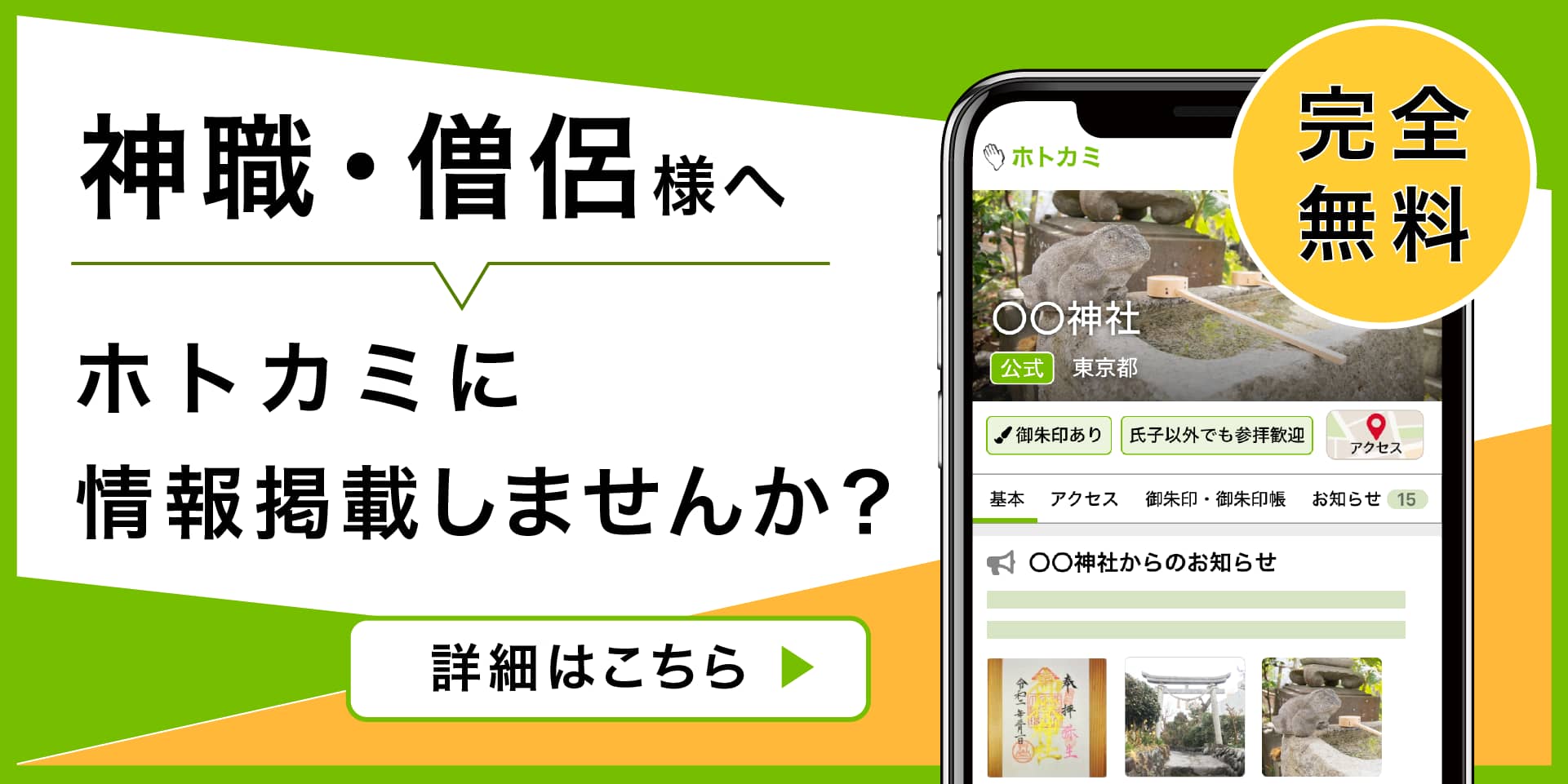はくさんじんじゃ
御朱印・神社お寺の検索サイト
楽しみ方白山神社のお参りの記録(1回目)
投稿日:2024年01月07日(日) 21時16分13秒
⛩️our video
Yanaka area & Hakusan shrine
https://youtu.be/ZhofOOcTvrc
Hakusan Shrine is a small local shrine right in the centre of Bunkyo-ku, the Tokyo ward famous for its many universities and historic places. While small, this shrine received support from the ruling shoguns in the Edo period (1603-1868) and was selected as important shrine at the start of the Meiji period (1868-1912) receiving support from the emperor. Furthermore, the founding father of the Republic of China, Sun Yat-sen, received the final incentive here to start a revolution in China by way of comet Halley. And last but not least, it is home to Bunkyō Ajisai Matsuri, the major hydrangea festival in central Tokyo.
Hakusan is a quiet neighbourhood with many showa-style coffee shops (no Starbucks or any other coffee chain to be found here), all overshadowed by the presence of Toyo University and the Koishikawa Botanical Garden.
Hakusan Shrine was founded in 948 (moved to its current location in 1655), and is part of “The 10 Jinja of Tokyo”, a grouping of 10 major shrines. In 1868, at the time of the Meiji Restoration, Emperor Meiji chose 10 shrines throughout the city that became sanctuaries for the new capital. These 10 shrines are a grouping of all the major shrines, with the big exception of Meiji Shrine (but that one was not yet around in 1868 as it is a shrine dedicated to the Meiji Emperor after his death).
The shrine is named after Mount Hakusan (literally white mountain) in Ishikawa prefecture close to Kanazawa, one of Japan’s most sacred mountains. The shrine was popular with the ruling shoguns due to the place where it is located. The shrine was originally inside Koishikawa Botanical Garden, the place where the 5th Shogun Tokugawa Tsunayoshi (in office 1680–1709) built his mansion and as a result of that more or less random connection the shrine received support from the shoguns from that time onwards.
Yanaka area & Hakusan shrine
https://youtu.be/ZhofOOcTvrc
Hakusan Shrine is a small local shrine right in the centre of Bunkyo-ku, the Tokyo ward famous for its many universities and historic places. While small, this shrine received support from the ruling shoguns in the Edo period (1603-1868) and was selected as important shrine at the start of the Meiji period (1868-1912) receiving support from the emperor. Furthermore, the founding father of the Republic of China, Sun Yat-sen, received the final incentive here to start a revolution in China by way of comet Halley. And last but not least, it is home to Bunkyō Ajisai Matsuri, the major hydrangea festival in central Tokyo.
Hakusan is a quiet neighbourhood with many showa-style coffee shops (no Starbucks or any other coffee chain to be found here), all overshadowed by the presence of Toyo University and the Koishikawa Botanical Garden.
Hakusan Shrine was founded in 948 (moved to its current location in 1655), and is part of “The 10 Jinja of Tokyo”, a grouping of 10 major shrines. In 1868, at the time of the Meiji Restoration, Emperor Meiji chose 10 shrines throughout the city that became sanctuaries for the new capital. These 10 shrines are a grouping of all the major shrines, with the big exception of Meiji Shrine (but that one was not yet around in 1868 as it is a shrine dedicated to the Meiji Emperor after his death).
The shrine is named after Mount Hakusan (literally white mountain) in Ishikawa prefecture close to Kanazawa, one of Japan’s most sacred mountains. The shrine was popular with the ruling shoguns due to the place where it is located. The shrine was originally inside Koishikawa Botanical Garden, the place where the 5th Shogun Tokugawa Tsunayoshi (in office 1680–1709) built his mansion and as a result of that more or less random connection the shrine received support from the shoguns from that time onwards.
すてき
投稿者のプロフィール

Mon-k160投稿
My son and I have started visiting Jinja and Otera, documenting our visits on YouTube Looking fo...もっと読む
ホトカミ見ました! で広がるご縁
ホトカミを見てお参りされた際は、もし話す機会があれば神主さんに、「ホトカミ見てお参りしました!」とお伝えください。
神主さんも、ホトカミを通じてお参りされる方がいるんだなぁと、ホトカミ無料公式登録して、情報を発信しようという気持ちになるかもしれませんし、
「ホトカミ見ました!」きっかけで豊かな会話が生まれたら、ホトカミ運営の私たちも嬉しいです。














